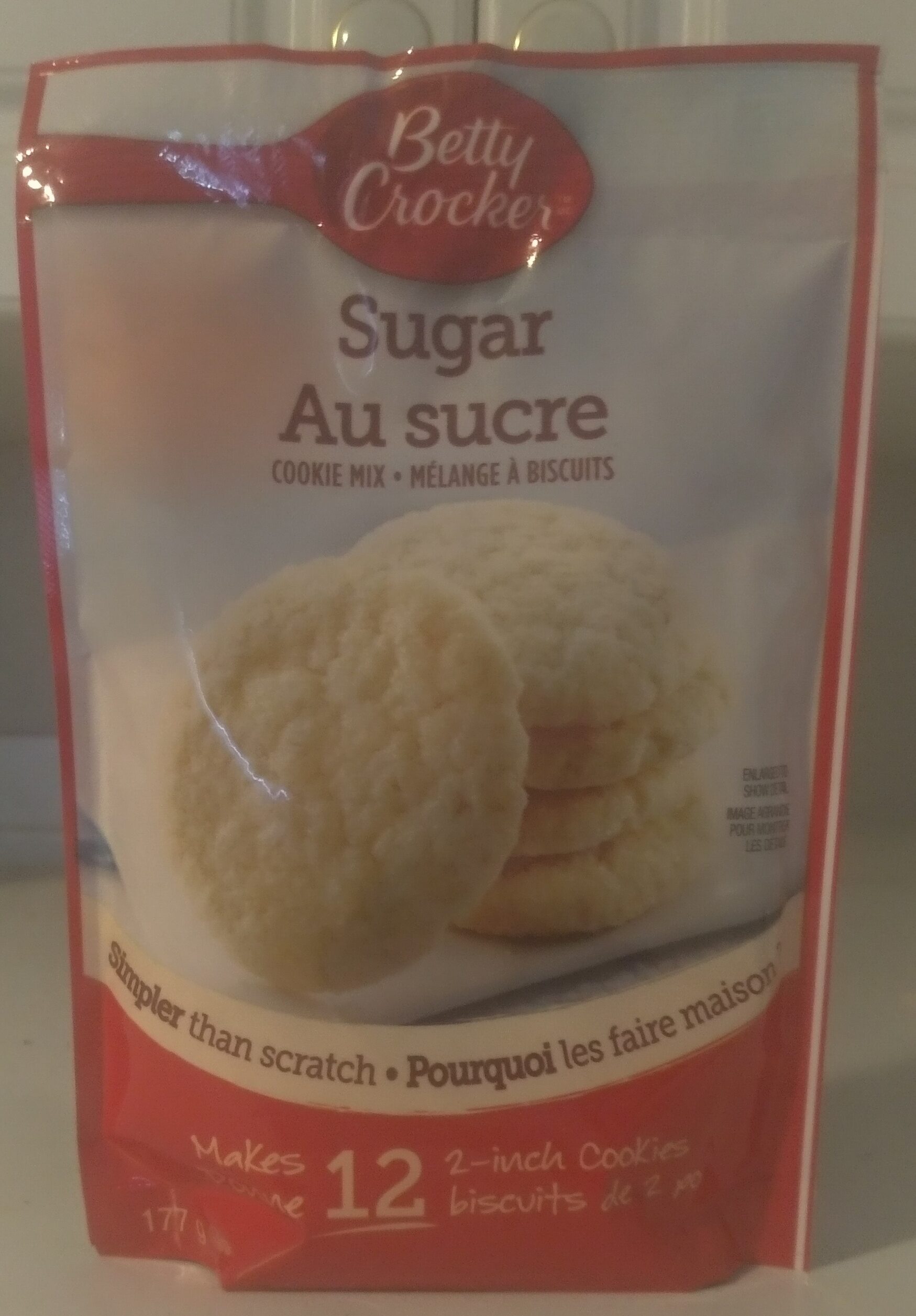Sugar Cookie Mix - Betty Crocker - 177 g
This product page is not complete. You can help to complete it by editing it and adding more data from the photos we have, or by taking more photos using the app for Android or iPhone/iPad. Thank you!
×
Barcode: 0065633149939 (EAN / EAN-13) 065633149939 (UPC / UPC-A)
Quantity: 177 g
Brands: Betty Crocker
Categories: Cooking helpers, Baking Mixes
Labels, certifications, awards:
Kosher, Orthodox Union Kosher
Manufacturing or processing places: USA
Countries where sold: Canada
Matching with your preferences
Environment
Packaging
Transportation
Threatened species
Report a problem
Data sources
Product added on by kiliweb
Last edit of product page on by binzyboi.
Product page also edited by charlesnepote, yuka.sY2b0xO6T85zoF3NwEKvlktZXPmEuxL1LR7li1TR9N6LcqTqR9Ao-abrOqs.
If the data is incomplete or incorrect, you can complete or correct it by editing this page.










